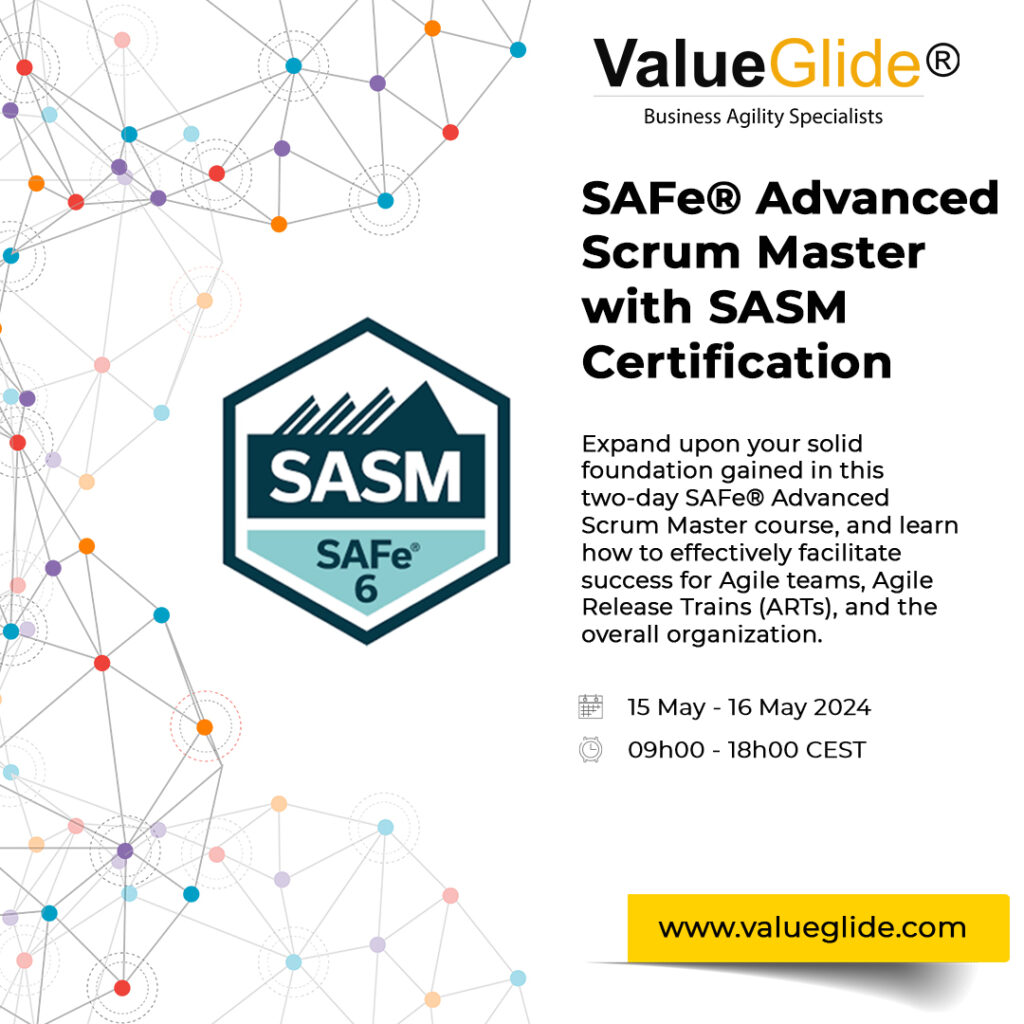Updated post meetup.
In this case report, Josh outlined the key reasons global digital products company Tigerspike decided to make the change from Scrum to Kanban mid-flight, what the client reaction was, major lessons learnt and of course whether or not it was a good move overall.
London Limited WIP Society Meetup
When: Thursday 29 June 2017
Where: Microsoft – Paddington Central, London
2 Kingdom Street, Paddington Central
London, W2 6PY
2 Kingdom Street, Paddington Central
London, W2 6PY
In this case study, Josh walked us through Tigerspike’s assessment criteria for deciding on whether Scrum is appropriate for the client engagement. As you can see from the below summary tables both client engagements were assessed as a good match for Scrum and then changed to Kanban.
Project 1
Company: a large corporation with multiple tiers of approvals from various senior client stakeholders.
The ask: prototype a dynamic, interactive web-based and tablet solution.
Client team: Co-located with client PO, PM and BAs (who were also on other work streams).
Timeline: 3 months from initiation to completion of first release.
Contract Type: Time and material (over a fixed number of months) with flexibility to grow/change
team shape.
Project 2
Company: a fashion retail brand with international reach.
The ask: Create native iOS and Android apps for a fashion retail brand.
Client team: Client assigned a PO and BA to work with our team.
Timeline: 14 weeks to MVP and beyond.
Contract type: Time and Materials.
Tigerspike uses the following assessment method to decide if the project is suitable for Scrum, for both of these cases the projects assessed as suitable for Scrum. After the project had started, it came apparent that a new approach was required to meet the project goals within the timeline.
The table below summarises the initial assessment, see the slides for the full details
| Project | Desire | Availability | Product | Flexibility | Roadmap | Budget |
| Project #1 | ||||||
| Project #2 |
This table summarises the reason for moving from Scrum to Kanban
| Project | Desire | Availability | Product | Flexibility | Roadmap | Budget |
| Project #1 | ||||||
| Project #2 |
Thanks Josh for a great session and the interview! Watch the interview
Results: switching from Scrum to Kanban
- Reduction of Overhead
- Greater Flexibility
- Timeline
Key Takeaways: Lessons Learned
- Having a flexible delivery process is important
- But don’t stop there!
- Education is key
Download the slides here
{{cta(‘3dc34702-e25a-4c49-bf3f-c0669dcfc69f’)}}
By Josh Haagsma
HEAD OF DELIVERY & OPERATIONS, EUROPE
tigerspike.com
Attend this meetup

About Josh
Josh has over 13 years’ engineering delivery experience, the majority of which has been specifically in digital project management. He has worked in small boutique digital agencies through to global media firms in project and programme management capacities.
Josh is now Head of Production for Tigerspike London where he and his team of project managers are responsible for the cross-discipline teams’ smooth and timely delivery of Tigerspike’s portfolio of projects.
Related












